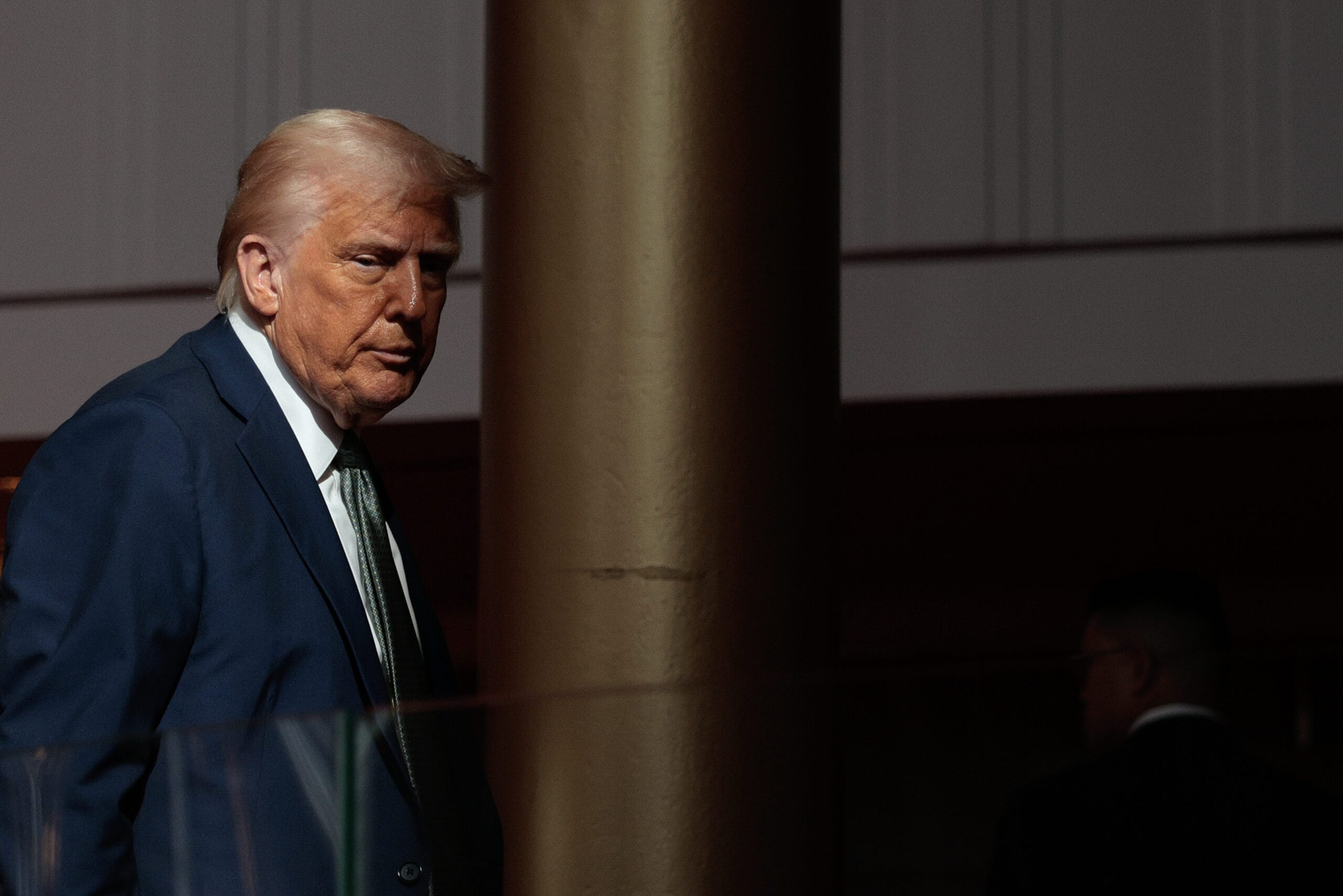Do you ever wonder how the seemingly immovable bastions of elite institutions come to yield under political pressure, paving a new path in today’s fractured landscape? It’s a question worth pondering, especially as the world watches with fascination—and not a little trepidation—how several powerful institutions have responded to the pressures applied by former President Donald Trump. In this discussion, we’ll peel back the layers of what feels like a growing trend of elite institutions conceding to Trump’s influence. Let’s embark on this enlightening journey together.
Understanding the Influence of Trump
Donald Trump is about as subtle as a tropical hurricane, yet infinitely more perplexing. His impact on politics and society is substantial, and it’s fascinating to see how individuals and institutions react to his influence. As it turns out, many elite institutions have found themselves at the mercy of his demands, which raises the question—why?
The Power of the Presidential Office
It’s essential to recognize the formidable power that comes with holding the highest office in the United States. Presidents have historically wielded this power to influence not only government policies but also societal norms and expectations. Trump took this ability and used it with a distinct flair. His approach to governance often tested the mettle of institutions, challenging their principles and autonomy. For some, these were tests they struggled to pass.
The Magnetism of Influence
Trump’s magnetism doesn’t solely lie in the formal powers of the presidency. It also extends to his personal brand—one that thrives on disruption and draws in both support and opposition. The promise (or threat) of his attention, whether through tweets or executive orders, became a currency of influence. Institutions, not immune to public and governmental scrutiny, often found themselves swiftly adjusting to safeguard their status and funding.
Elite Institutions Under Pressure
The concept of elite institutions caving to pressure might paint a picture of reluctant compliance, but the reality is more complex. Let’s delve into how some prominent institutions have navigated this pressure.
Columbia University: An Academic Nexus Bends
As an academic lighthouse, Columbia University is tasked with navigating both educational pursuits and political pressures. Recent events saw the university acquiesce to Trump’s demands to avoid jeopardizing federal funding—a hefty $400 million. Such a move shows not just the fear of immediate financial loss but also the long-term effects on educational programs reliant on federal support.
The Law Firm Example: Paul, Weiss
Next up is Paul, Weiss, a law firm that found itself in an unprecedented position when met with Trump’s scrutiny. Their earlier involvement in lawsuits against January 6 rioters placed them in the crosshairs. In response, Trump sought to revoke their security clearances, leveraging the threat of contract termination to bend the firm to his will. The firm’s concession came in the form of $40 million worth of pro bono work aligned with the administration’s favored causes.
The Choices Elite Institutions Face
Facing such direct and overt pressure puts elite institutions at a moral crossroad, pressing them to consider paths that were once unthinkable. Let’s explore the options available to them.
Capitulation
Unfortunately, some institutions opt to capitulate, either out of fear or practicality. While acquiescing to demands can ensure short-term survival, it has longer-term implications regarding autonomy and ethical governance. This choice often leads to public backlash but is sometimes seen as a necessary evil to protect interests.
Resistance
On the other hand, resisting and challenging such demands is never without its risks either. Institutions like Perkins Coie have taken a stand, leading to a legal standoff with the Trump administration. A bold move, this fight involves legal contests where principles of constitutional rights are at stake, namely First, Fifth, and Sixth Amendment protections.
Navigating Complex Choices
The choice between capitulating and resisting involves an intricate dance with mitigating risks on one side and preserving integrity on the other. Both options have significant financial and reputational considerations, making it a challenging landscape to navigate.
The Broader Implications for Society
The dynamics between Trump’s influence and elite institutions uncover much about the state of the socio-political fabric in the United States. The implications are vast, stretching from the legal precincts right up to the daily lives of citizens.
The Erosion of Rule of Law
The tendency of powerful figures using their positions to bend institutions to their will is nothing new, but when it occurs at such an overt and publicly visible level, it poses a challenge to the rule of law. Each instance of coercion that goes unchallenged chips away at democratic institutions, turning a system built on checks and balances into one driven by autocratic whims.
The Role of Public Opinion
Public perception and reaction play pivotal roles in how these influences unfold. The very freedom that allows Trump to wield his influence similarly provides platforms for voices of resistance. But the fickleness of public opinion means that support for institutions can waiver as they navigate these troubled waters.
Looking Toward the Future
As we look ahead, the impact of these pressures will influence how institutions strategize and define their roles in a politically charged environment. The balance between autonomy and survival grows more complex, suggesting the need for evolving governance structures passionate about upholding integrity.
Conclusion: The Path Forward
In the grand balancing act that is the interaction between Donald Trump and elite institutions, the lessons are manifold. A significant takeaway is the stark realization of how fragile institutional independence can be in the face of influential power exerted with relentless intensity. As society continues to change and evolve, the navigation of such power dynamics warrants careful scrutiny and proactive engagement from all sectors of society.
Questions about the future abound—what will institutions compromise to maintain or redefine their position? How will upcoming leaders choose to wield influence, and how will society hold them accountable? Reflecting on these conundrums offers a hopeful promise of growth and resilience in the drive for a more transparent and balanced world.

